




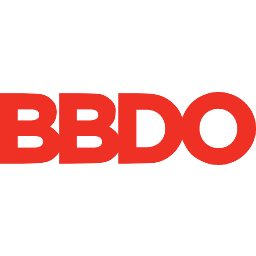

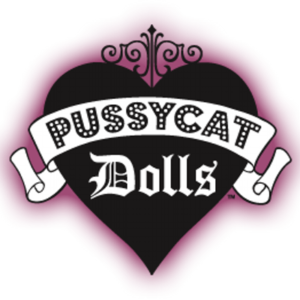


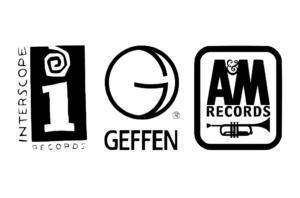
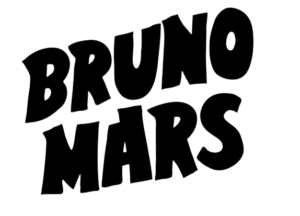
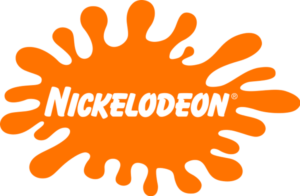




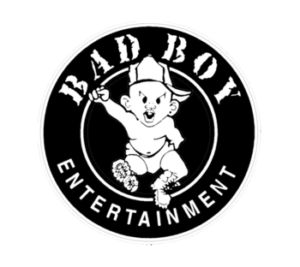


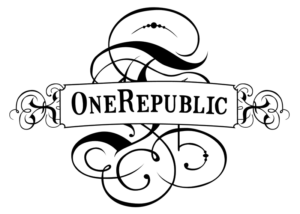





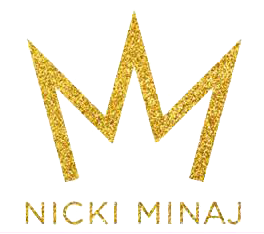

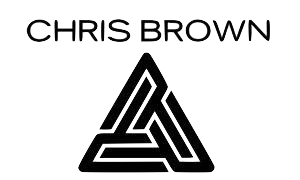
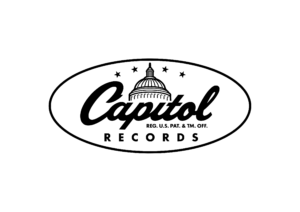



BRANDED CONTENT
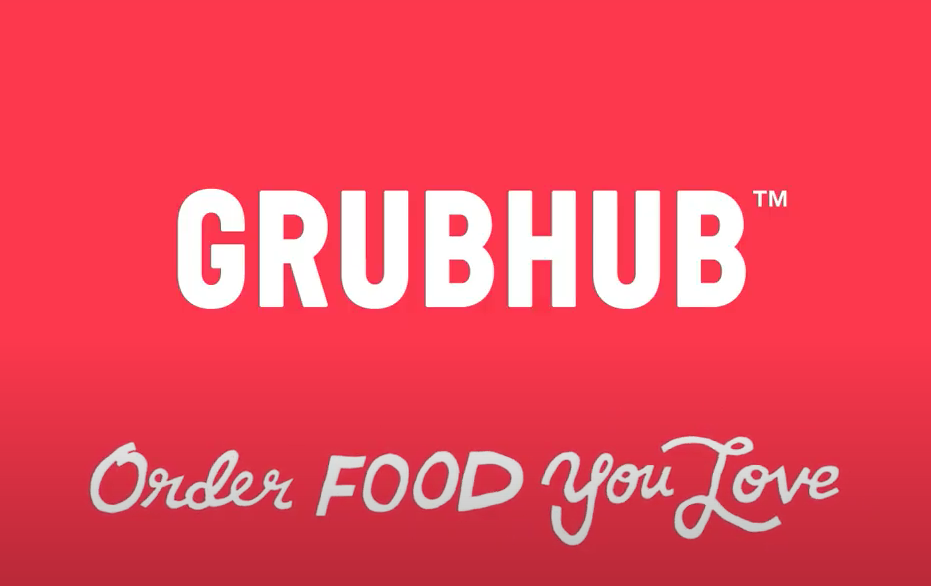
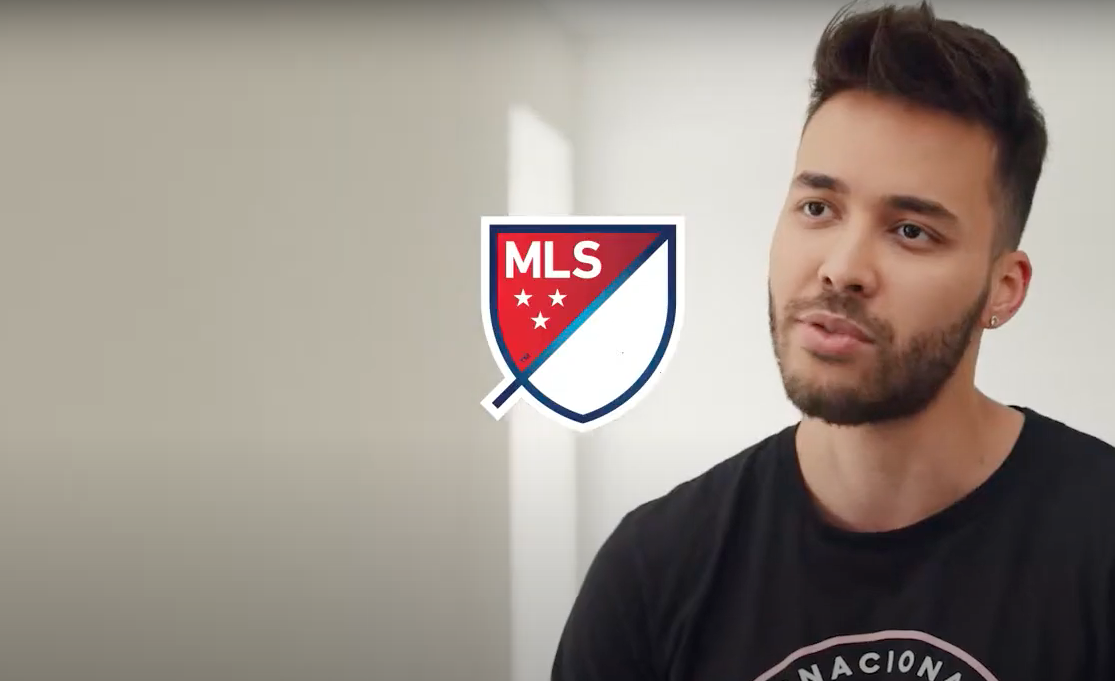
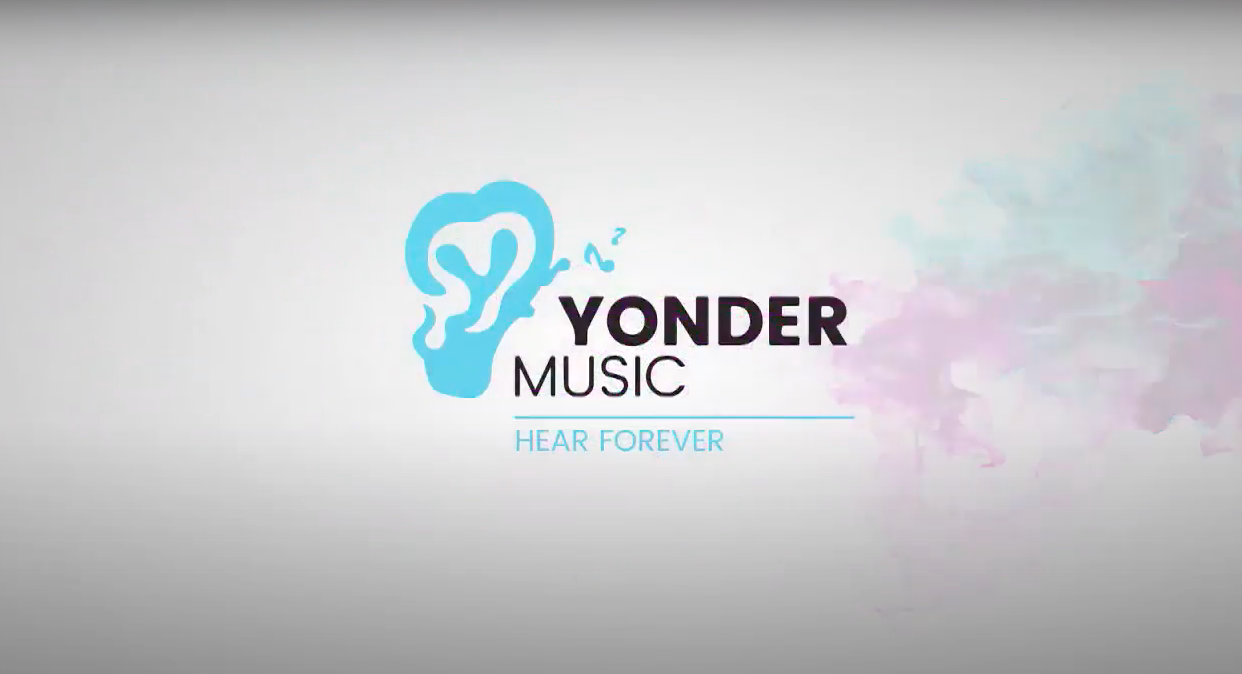
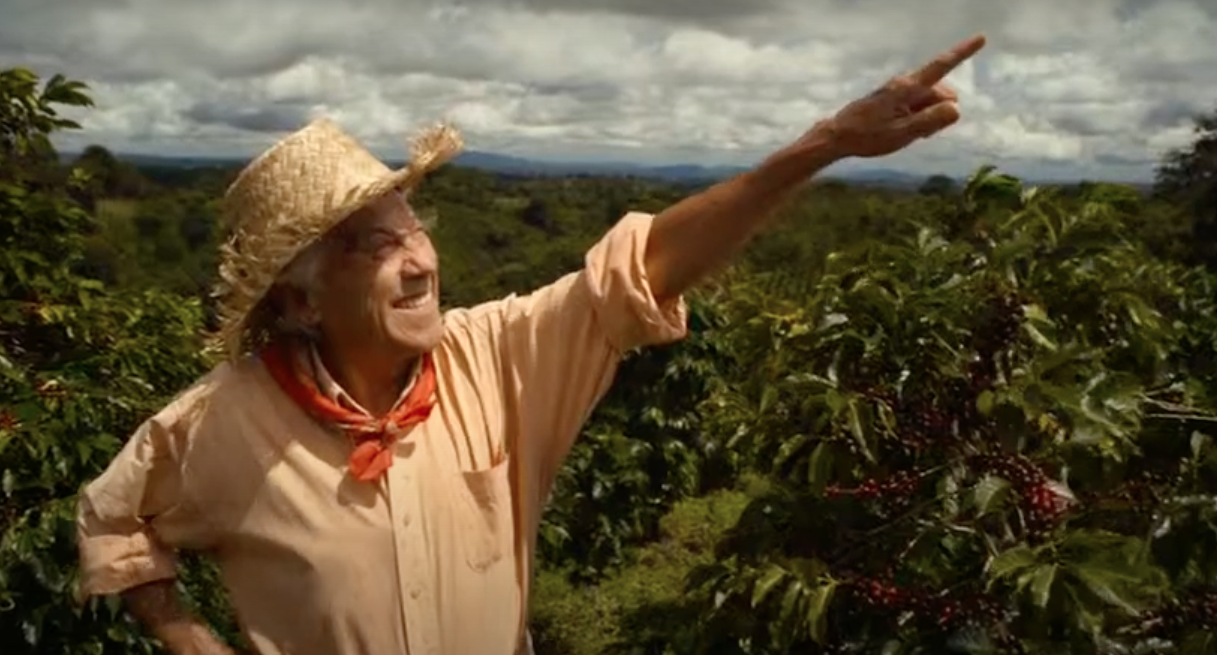
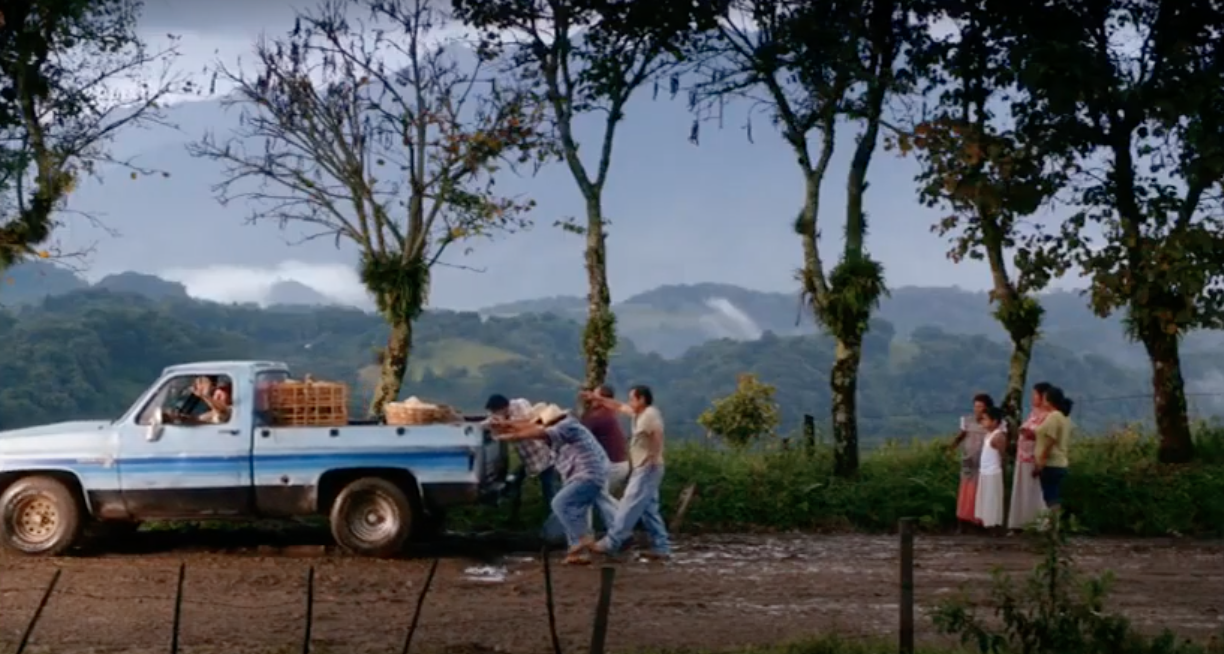
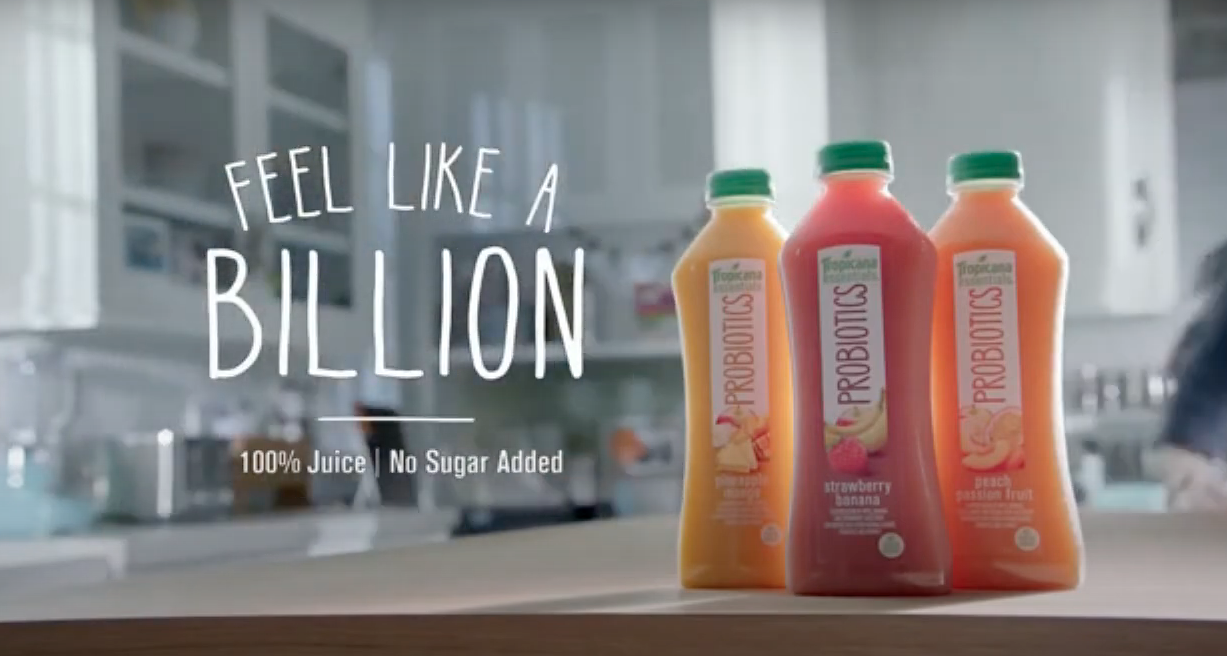
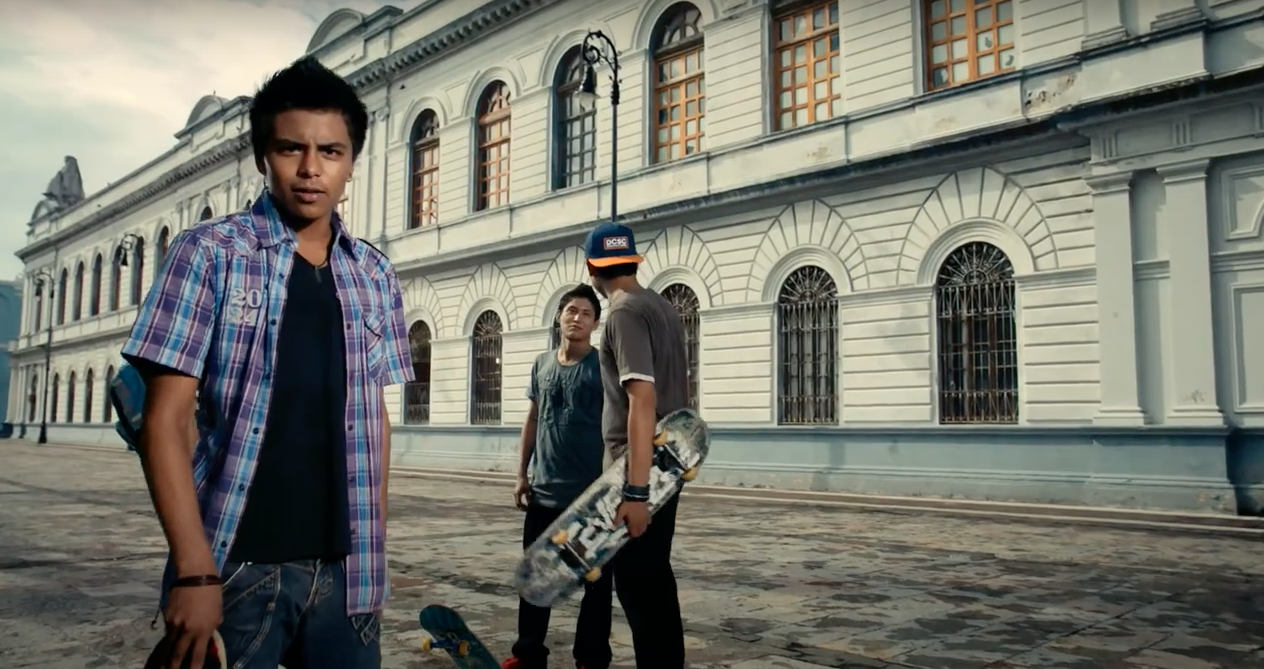
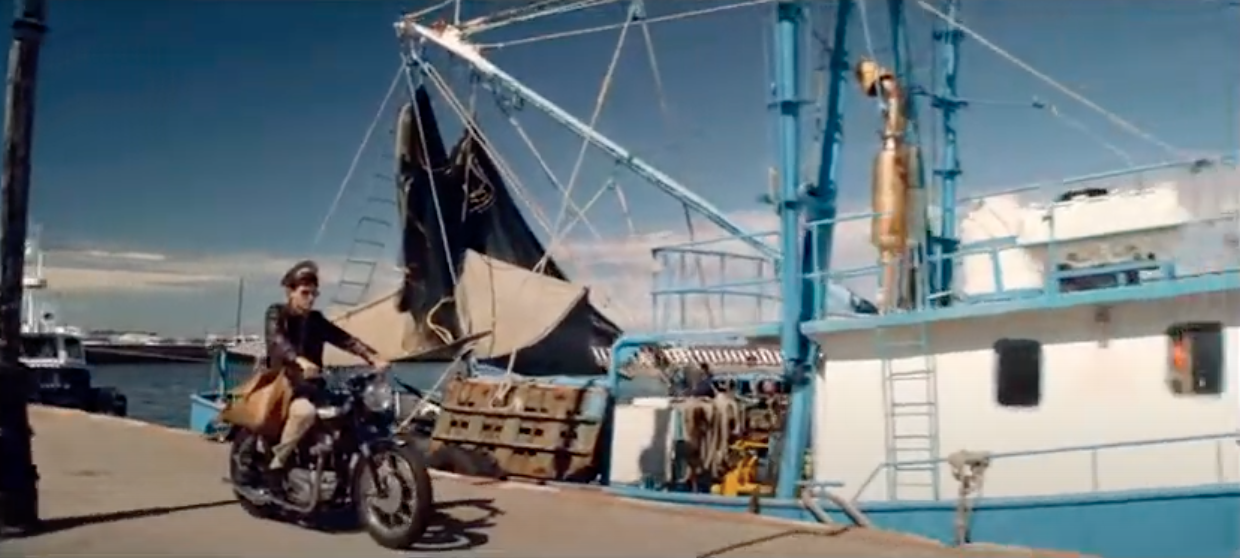
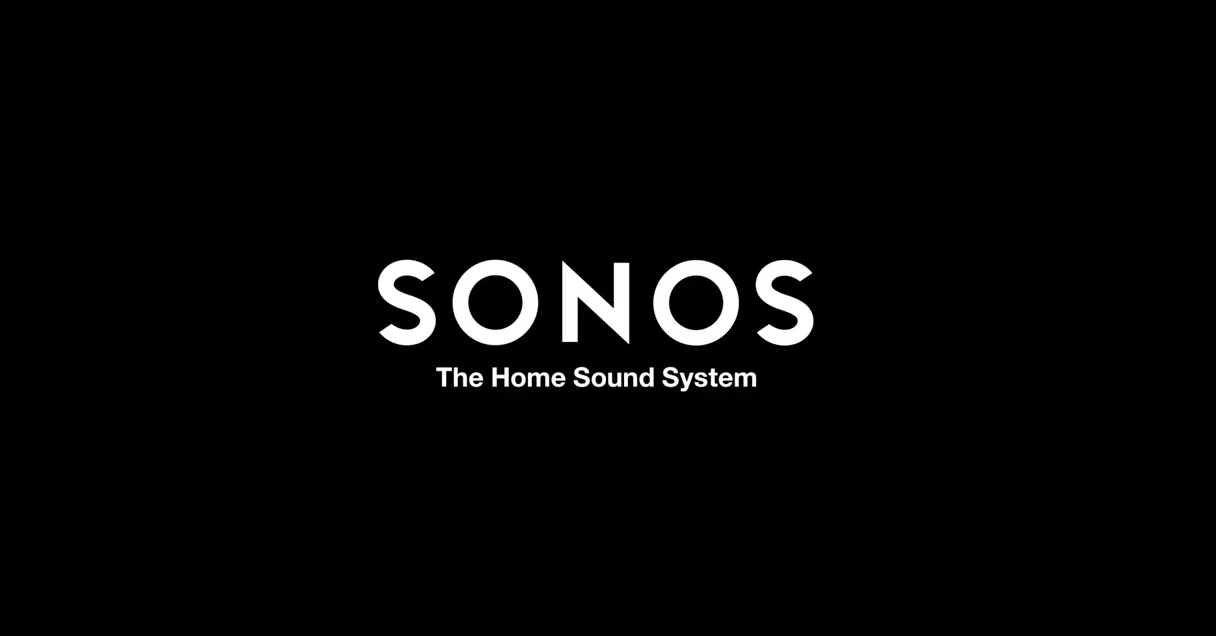

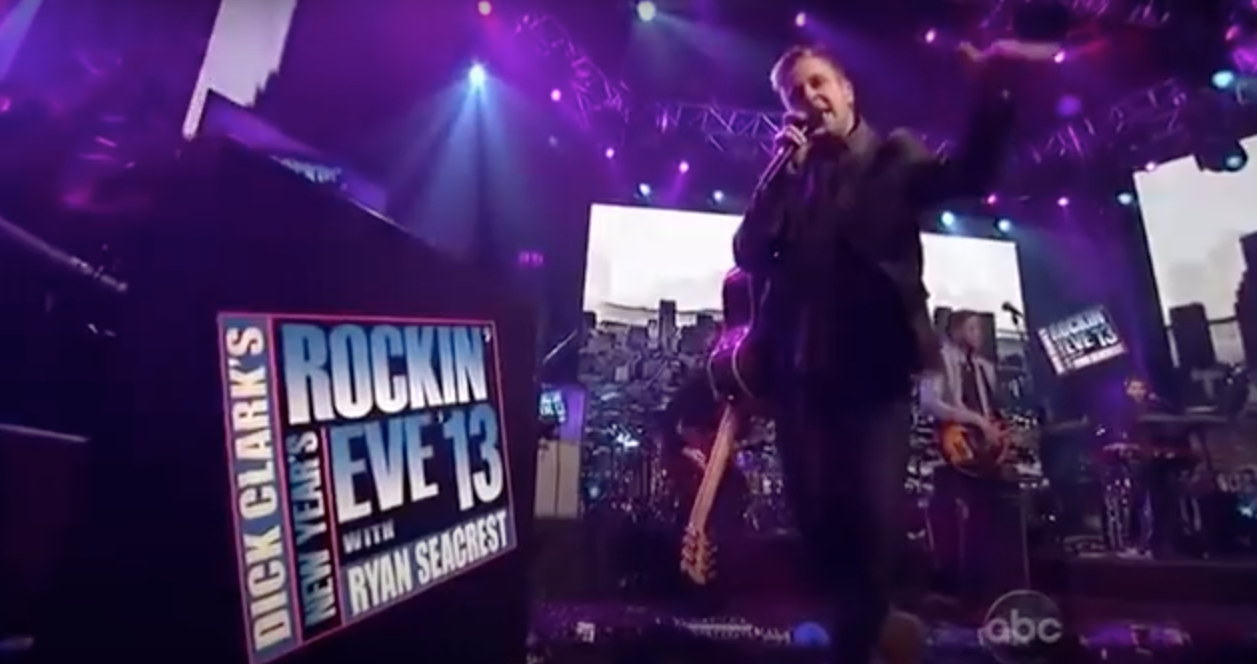
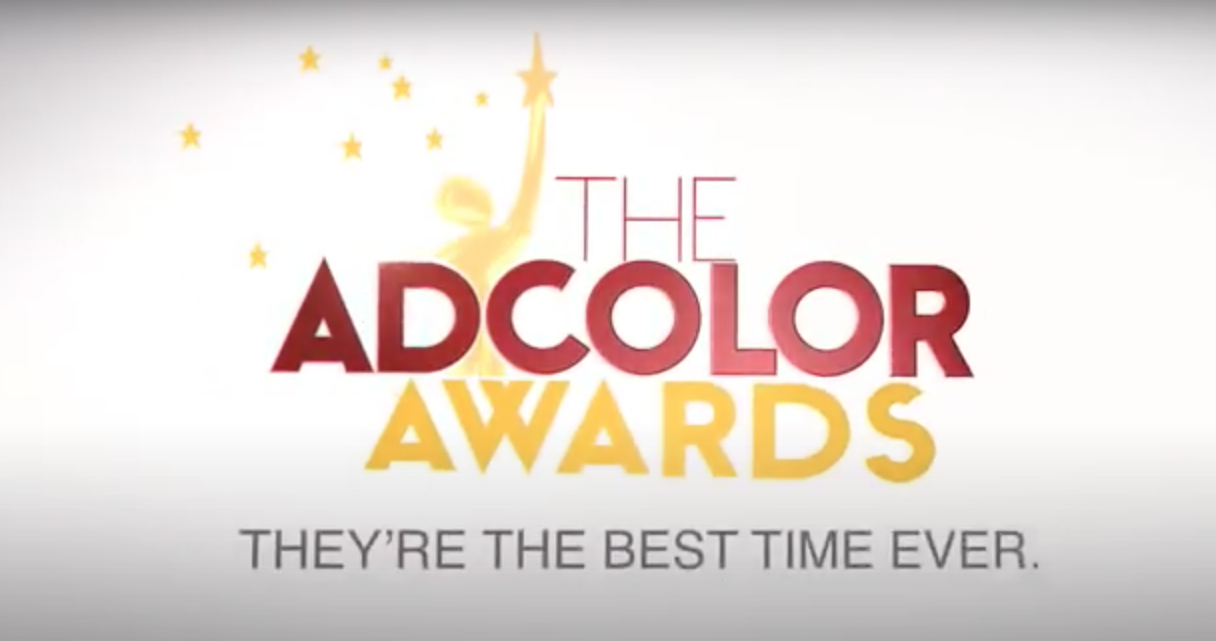
Producing branded content is a deeply fulfilling aspect of my creative journey. The opportunity to work on branded content allows me to bring together the worlds of art and commerce in a seamless and compelling manner. Here’s why I truly relish this facet of content production:
Creative Fusion: Branded content provides a unique platform where creativity meets strategy. It challenges me to find innovative ways to convey a brand’s message while maintaining artistic integrity. This fusion of creativity with a purpose is invigorating.
Narrative Versatility: Unlike traditional advertising, branded content often allows for more in-depth storytelling. It provides a canvas for exploring narratives that connect with audiences on a profound level, ultimately leaving a lasting impression.
Audience Engagement: Creating branded content offers an opportunity to connect with audiences on a personal and emotional level. It’s not just about selling a product or service; it’s about building a meaningful relationship with consumers through storytelling.
Brand Identity: Crafting branded content involves understanding a brand’s identity and values. I find the challenge of encapsulating these qualities in a visual and narrative form both intellectually stimulating and creatively rewarding.
Impactful Messaging: Branded content allows me to craft messages that resonate and leave a mark in people’s minds. The power of storytelling in branded content can drive brand awareness, loyalty, and positive associations.
Collaboration: Working on branded content often involves collaborating closely with marketing teams and brand representatives. This collaborative aspect fosters a dynamic exchange of ideas and insights, which I find intellectually enriching.
Diverse Projects: Each branded content project is unique, requiring fresh approaches and creative solutions. The diversity in branded content keeps me engaged, challenged, and continuously learning.
In essence, producing branded content is not just about advertising; it’s about creating meaningful and authentic connections between brands and their audiences. It’s about using storytelling and visual artistry to deliver messages that resonate and leave a lasting impact. This is why I derive immense satisfaction and enjoyment from producing branded content.
What is Branded content?
Branded content and commercials have undergone a magnificent evolution since their inception. As a producer immersed in this vibrant landscape for many years, witnessing its transformative journey has been nothing short of exhilarating.
Let’s rewind to the advent of television advertising, marked by the watershed moment of the first TV commercial on July 1, 1941. Bulova, a watch company, secured a historic 10-second slot during a Brooklyn Dodgers baseball game, setting the stage for an era of captivating visual storytelling. This milestone heralded a new era, showcasing the power of television as an advertising medium.
The landscape burgeoned further in the ’50s and ’60s, dubbed the “Golden Age” of advertising. Brands like Coca-Cola with their timeless jingles and Marlboro with iconic campaigns revolutionized how products were positioned. These decades witnessed the birth of memorable characters like the Marlboro Man, crystallizing the significance of emotional connections in advertising.
Fast-forward to the digital age, where the internet became a game-changer. The rise of social media platforms and streaming services in the late ’90s and early 2000s reshaped the advertising paradigm. Brands had to adapt, embracing shorter formats to captivate increasingly fragmented attention spans. This shift catalyzed the birth of viral marketing and influencer collaborations, where authenticity and relatability became paramount.
The concept of branded content itself has metamorphosed. It’s no longer merely about pushing a product; it’s about crafting compelling narratives that resonate with audiences. Storytelling has become the cornerstone, blurring the lines between entertainment and advertising. Brands now aim to evoke emotions, entertain, and engage on a deeper level.
Moreover, the democratization of content creation has been pivotal. User-generated content and interactive experiences have empowered consumers, turning them into co-creators and amplifiers of brand messages. This dynamic interaction between brands and their audiences has fueled a new era of authenticity and transparency.
As a producer, navigating these changes has been invigorating. The constant innovation and evolution keep the industry alive and thriving. Embracing new technologies, from augmented reality to immersive experiences, has opened up endless creative possibilities.
In conclusion, the journey of branded content and commercials is an odyssey of innovation, creativity, and adaptation. From the humble beginnings of a 10-second TV spot to the dynamic, multi-platform storytelling of today, the evolution has been awe-inspiring. As a producer entrenched in this ever-evolving landscape, I revel in the excitement of crafting compelling narratives that transcend mere advertisement, enriching the audience experience and leaving an indelible mark on the world of branded content.
Certainly! Selecting the top 10 commercials of all time is a subjective endeavor, but here’s a diverse list that showcases some iconic ads that left a lasting impact on audiences worldwide.
1. Apple – “1984” (1984): Directed by Ridley Scott, this Super Bowl ad introduced the Macintosh computer. It portrayed a dystopian future disrupted by the Mac’s unveiling, symbolizing its revolutionary impact.
2. Coca-Cola – “Hilltop” (1971): With the iconic “I’d Like to Buy the World a Coke” jingle, this ad aimed to spread a message of unity and harmony, becoming a timeless anthem.
3. Nike – “Just Do It” (1988): The ad featured 80-year-old runner Walt Stack, inspiring viewers with the universal message of determination and resilience.
4. Old Spice – “The Man Your Man Could Smell Like” (2010): A humorous, fast-paced ad featuring Isaiah Mustafa, it redefined the brand’s image and became a viral sensation, showcasing the power of engaging storytelling.
5. Budweiser – “Whassup?” (1999): This simple yet catchy ad became a cultural phenomenon, entering everyday vernacular and resonating with audiences globally.
6. Dove – “Real Beauty Sketches” (2013): Focused on self-perception, it conducted an experiment showing women describing themselves to a sketch artist and highlighted the gap between self-criticism and reality, promoting a message of self-acceptance.
7. Volvo – “The Epic Split” (2013): Starring Jean-Claude Van Damme, this awe-inspiring ad showcased the precision and stability of Volvo trucks, demonstrating an epic split between two reversing trucks.
8. Pepsi – “Pepsi vs. Coke” (1975): The famous Pepsi Challenge taste test challenged Coke’s dominance, sparking a cola war and altering marketing strategies in the beverage industry.
9. McDonald’s – “I’m Lovin’ It” (2003): Justin Timberlake’s catchy jingle helped rebrand McDonald’s, reflecting its global appeal and marking a shift in the brand’s image.
10. John Lewis – “The Bear and the Hare” (2013): An emotional animated Christmas ad, it told a heartwarming story, focusing on the joy of giving and friendship during the holiday season.
These commercials stand out for various reasons—some for their cultural impact, others for their innovation in storytelling, and some for their ability to evoke emotions or transform brand perception. Each ad has left an indelible mark on the world of advertising, influencing generations and setting benchmarks for creativity and effectiveness.